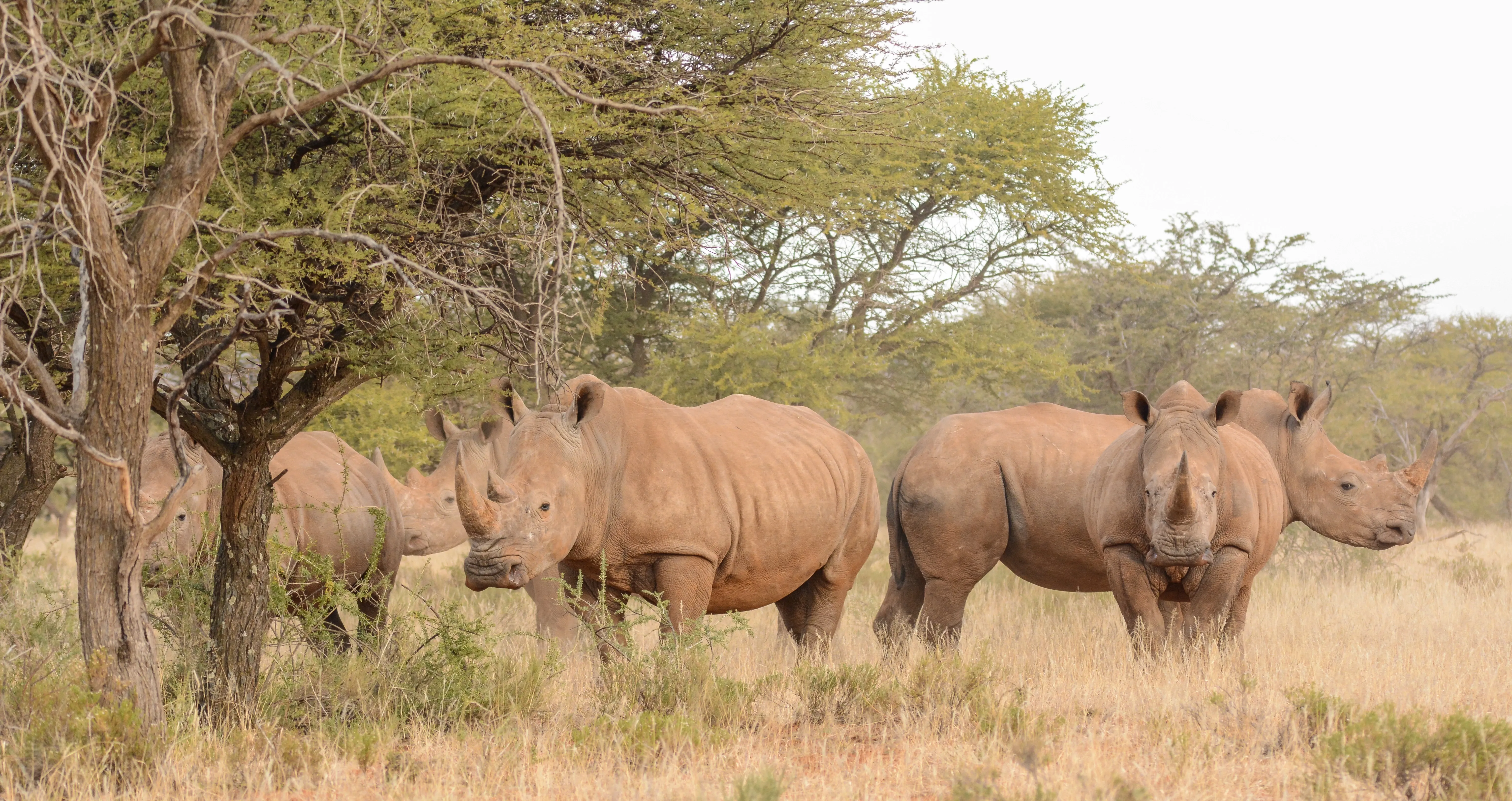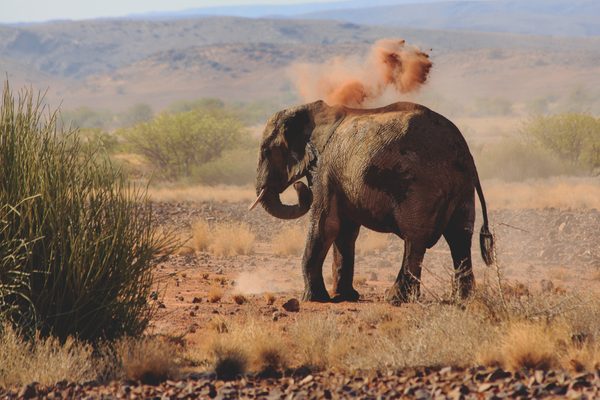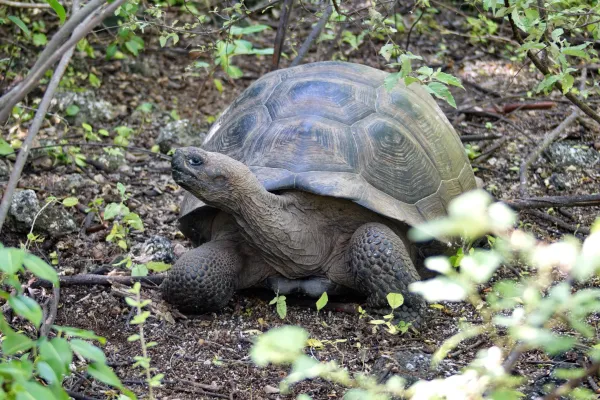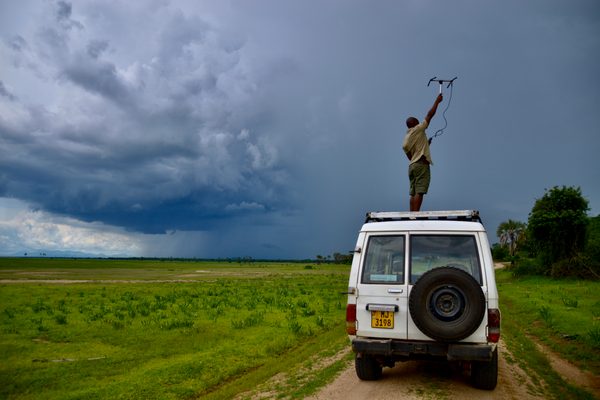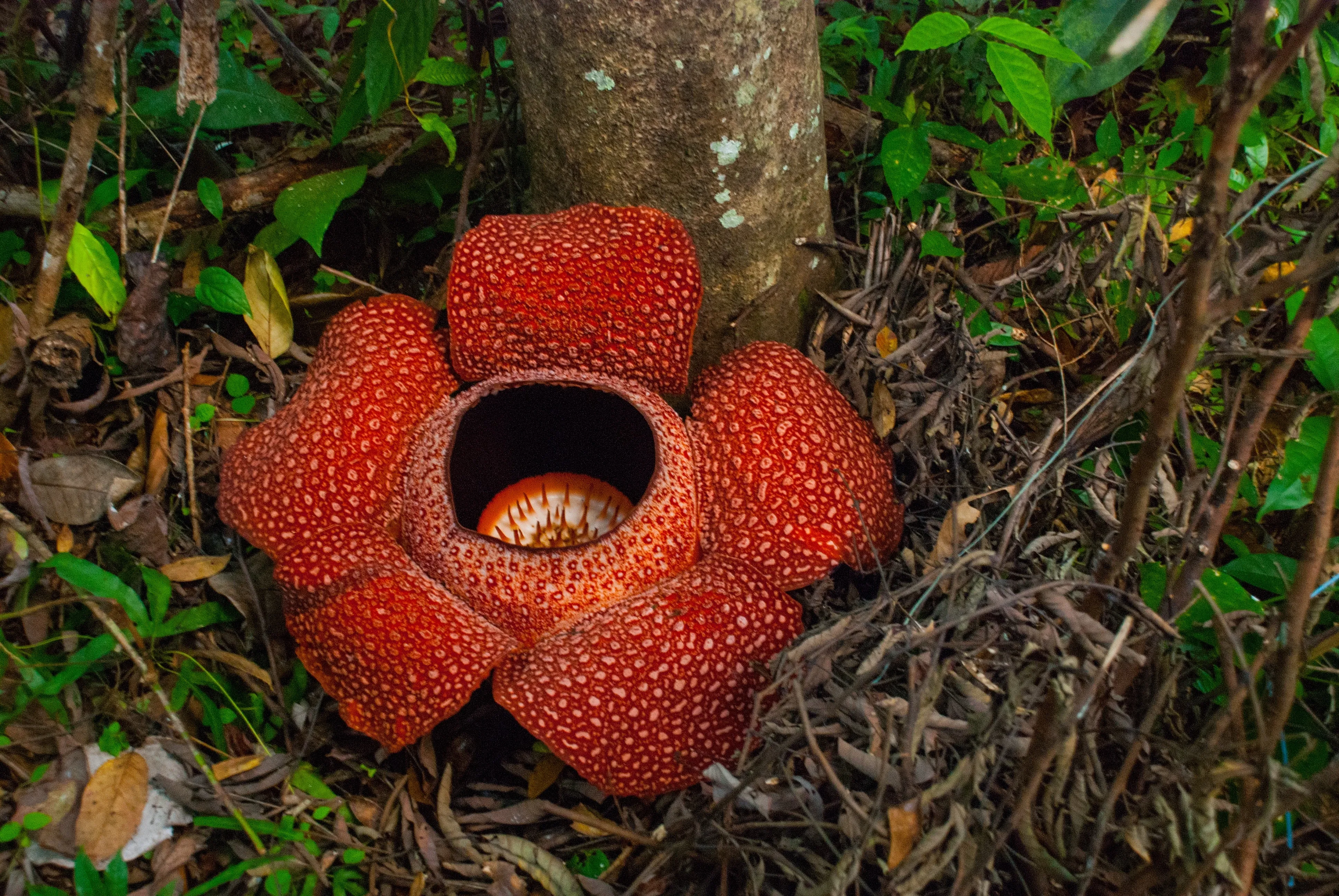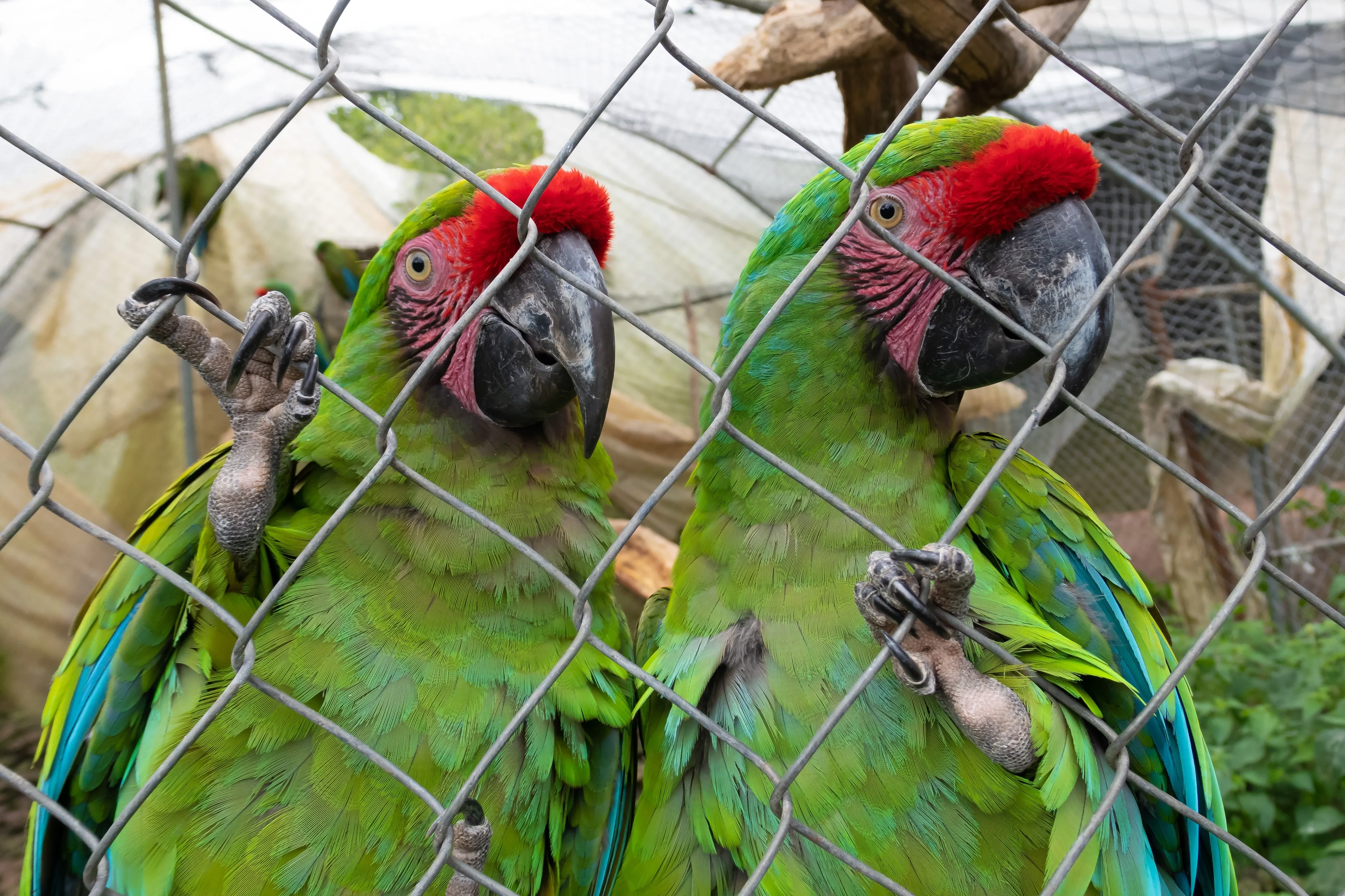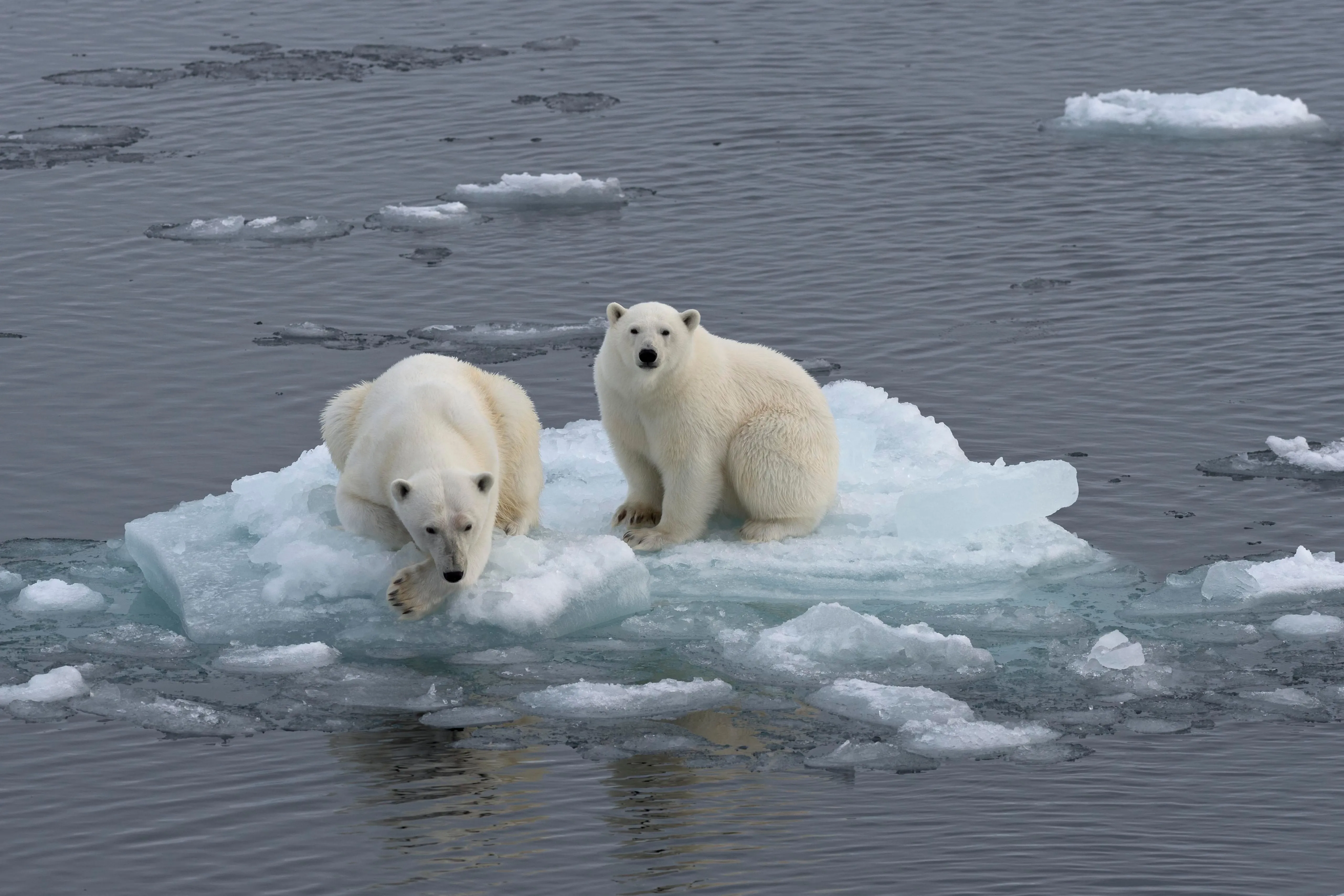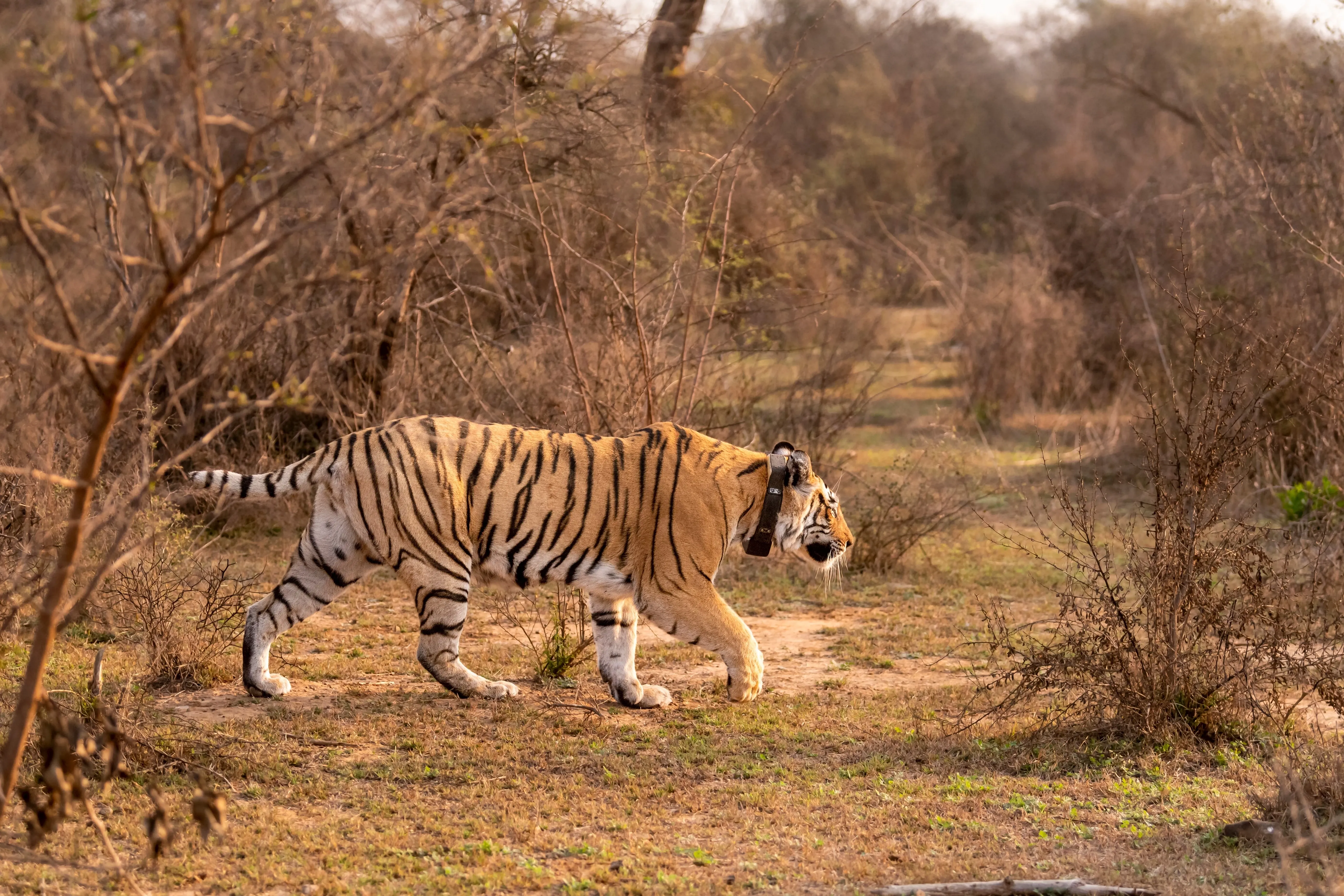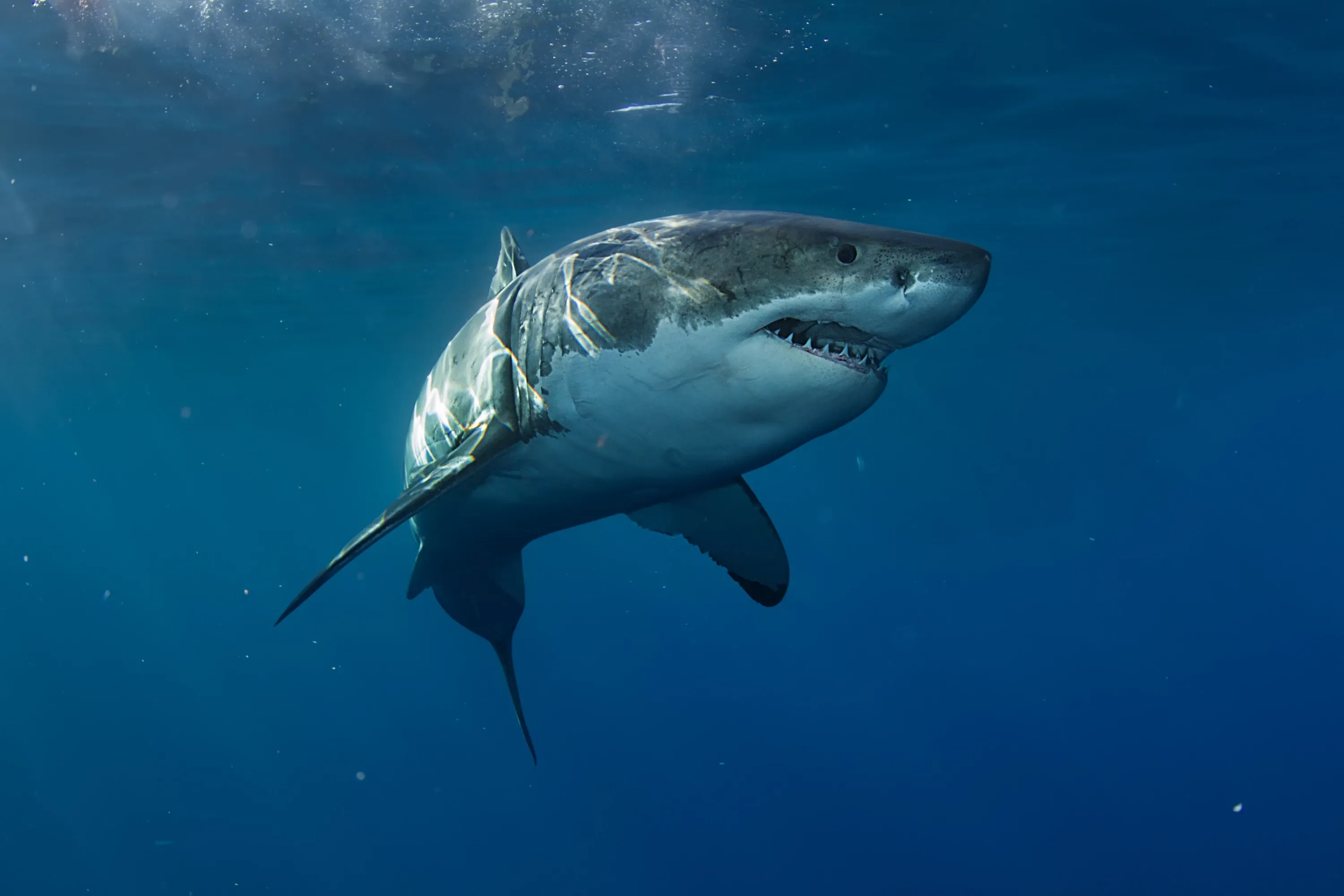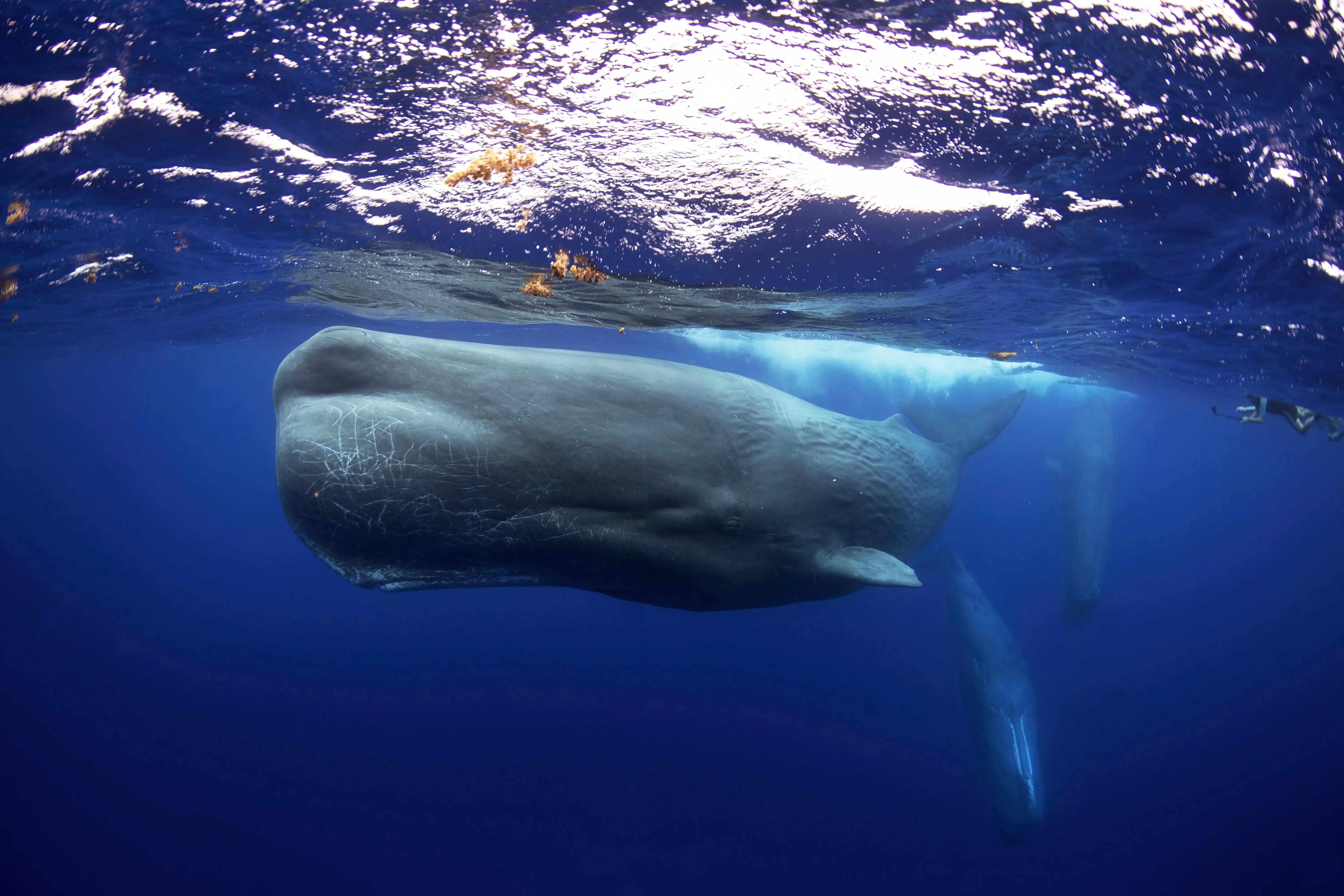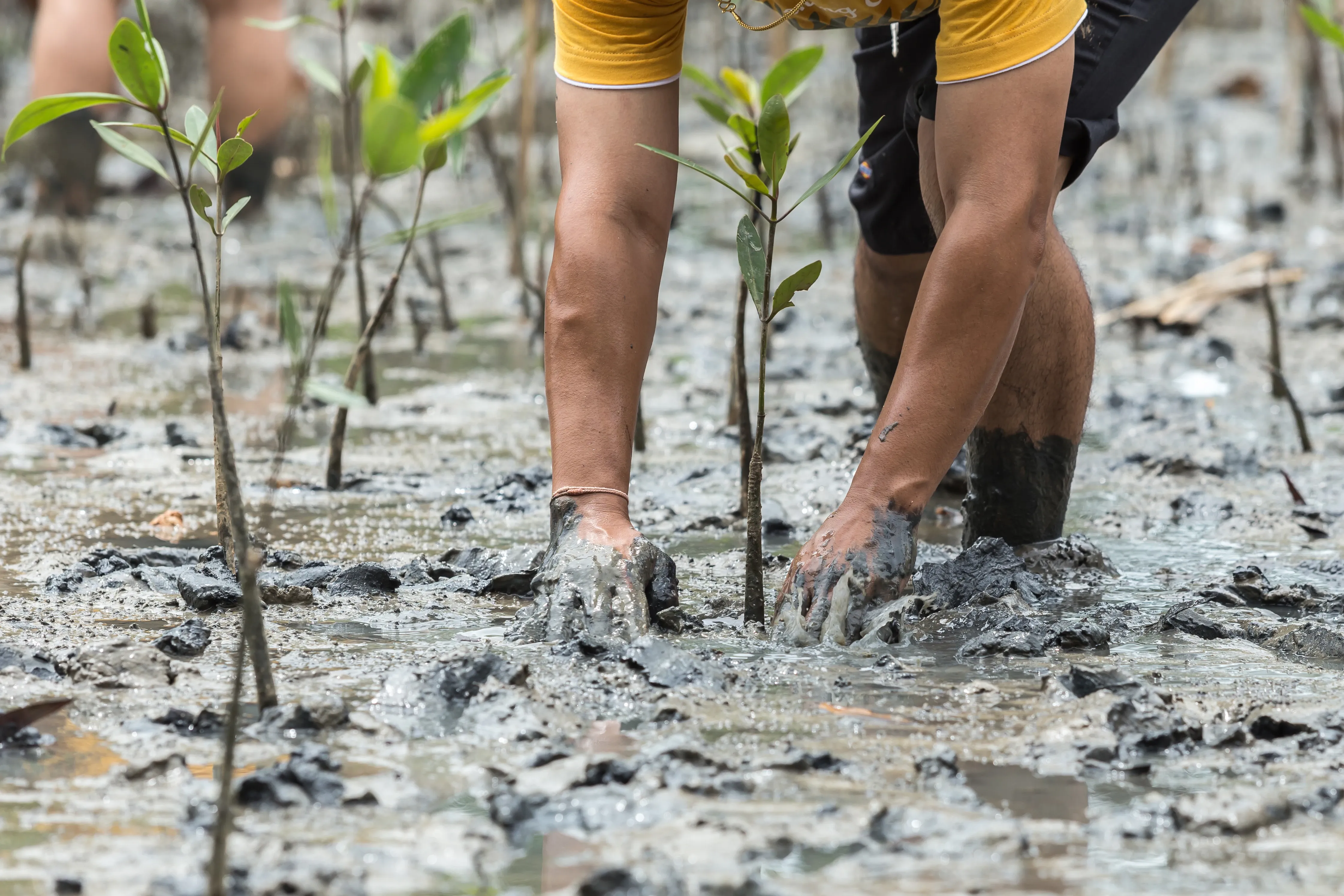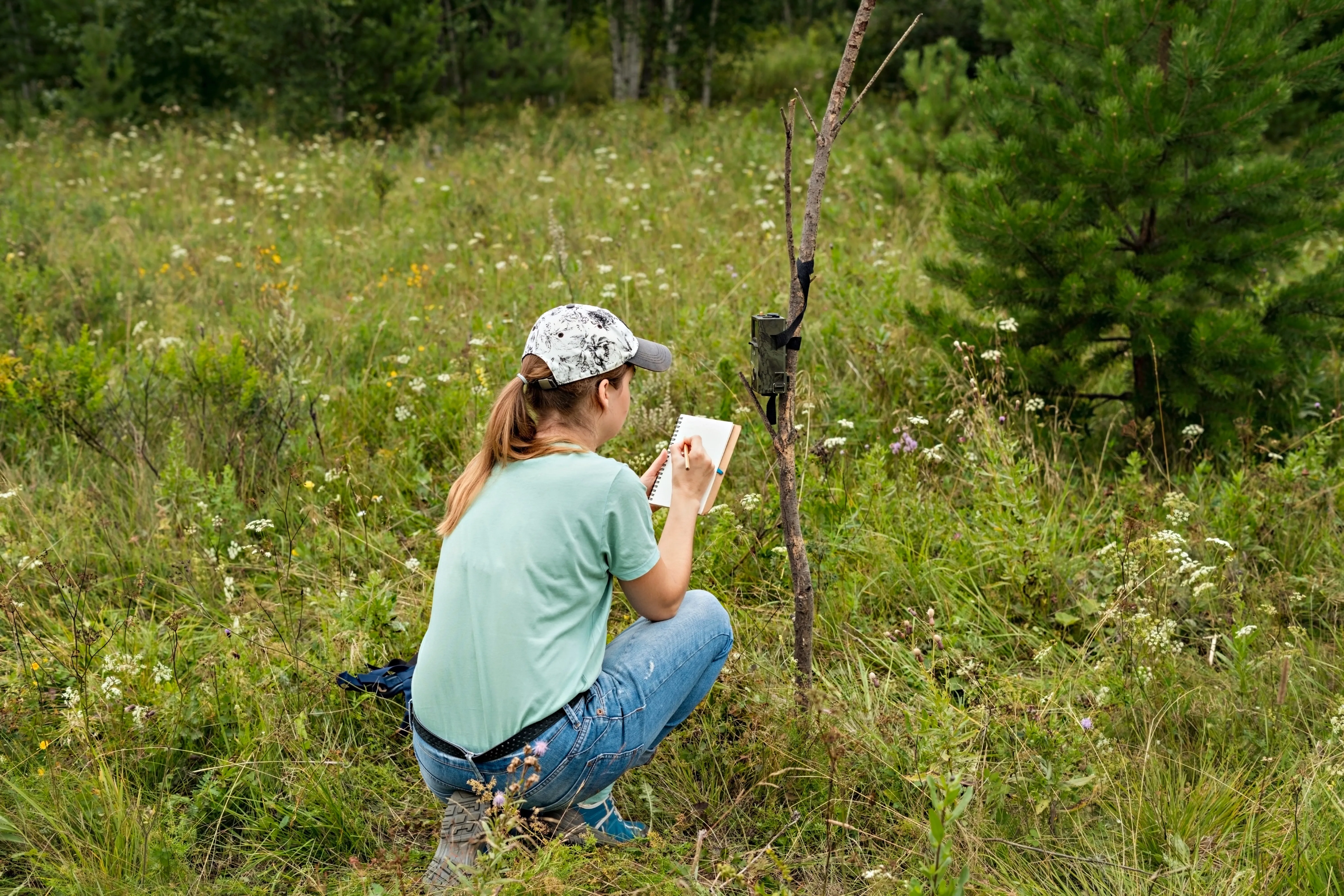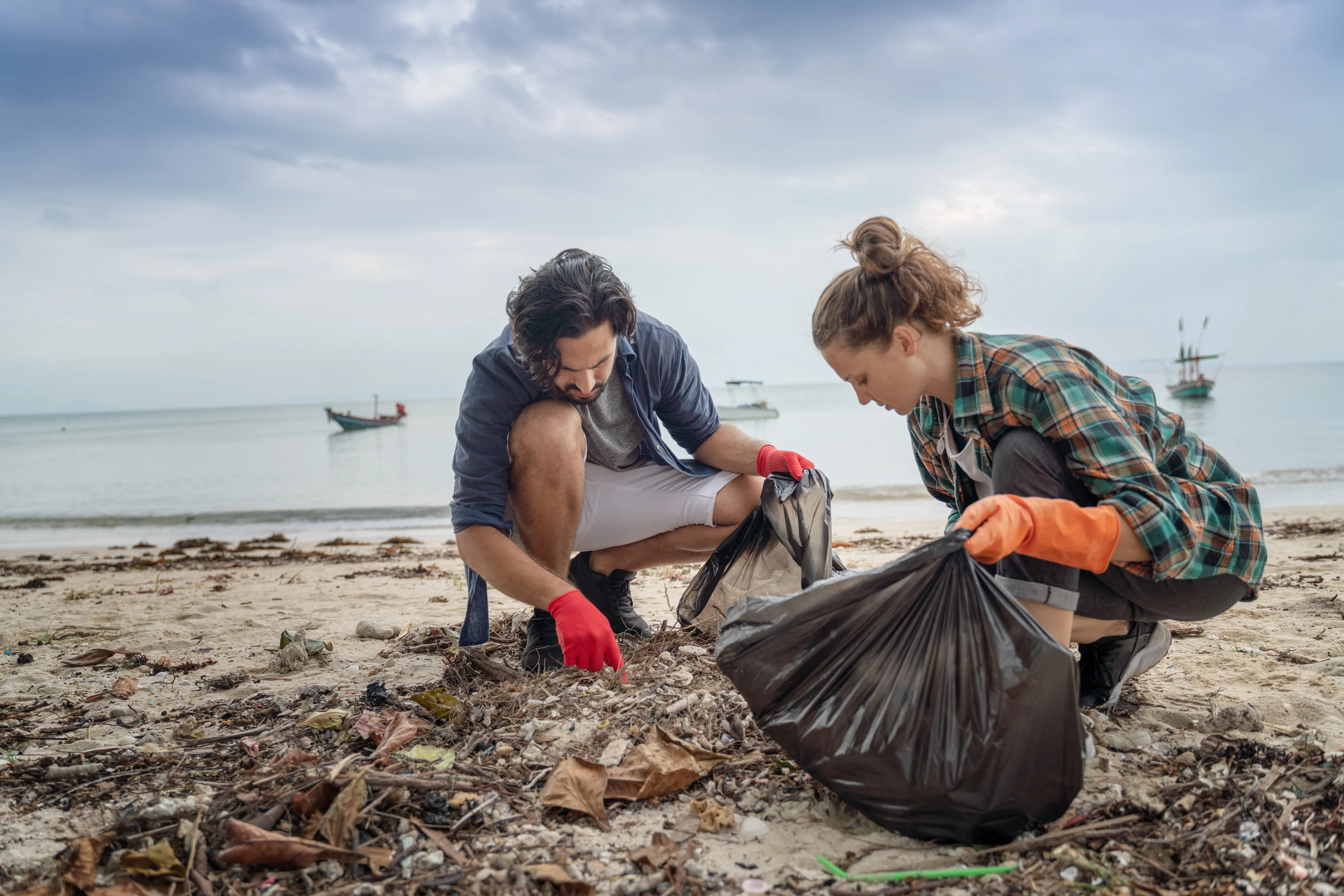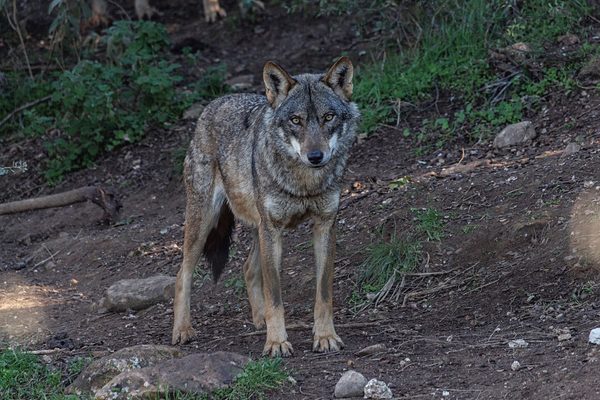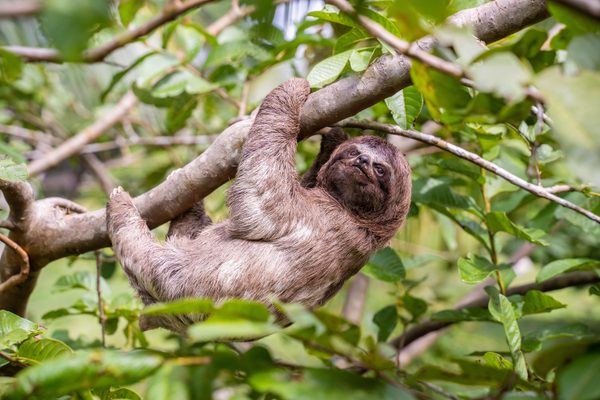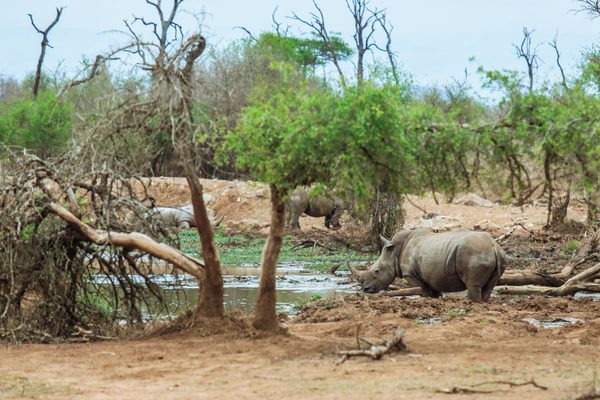Protecting wildlife: Conservation statuses
As conservation efforts become increasingly critical, understanding the species conservation status is crucial for effective biodiversity management. The categorization of species—ranging from "Least Concern" to "Critically Endangered"—serves as a vital tool in assessing the health of ecosystems and the threats they face.
As habitat loss, climate change, and human activities escalate, many species are pushed closer to extinction, highlighting the urgent need for targeted conservation strategies.
By examining the factors that influence conservation status, such as habitat destruction and pollution, we can better inform policies and practices aimed at protecting vulnerable populations. This article will explore the significance of conservation status and its implications for preserving our planet’s biodiversity.

Understanding conservation status
Conservation status refers to the classification of a species or ecosystem based on its risk of extinction and overall health.
This assessment helps determine how threatened a species is in its natural habitat and guides conservation efforts. For example the International Union for Con-servation of Nature (IUCN) provides a widely recognized system for categorizing species, which includes designations like
- "Least Concern"
- "Near Threatened"
- "Vulnerable"
- "Endangered"
- "Critically Endangered"
These classifications are based on factors such as population size, habitat loss, and threats from human activities like poaching and pollution. In addition to the IUCN global framework, many countries implement their own classification systems tailored to local contexts and species. For example, the U.S. Endangered Species Act (ESA) establishes specific categories such as "Threatened" and "Endangered" while the New Zealand Government employ a different set of criteria under its Environmental Protection and Bio-diversity Conservation Act.
Understanding conservation status is crucial for prioritizing resources and form-ulating effective strategies for species protection. By recognizing both inter-national and national classifications, conservationists can create more targeted action plans that address regional threats and promote biodiversity. Monitoring and evaluating conservation status enables informed actions to preserve the planet's diverse species and ecosystems, ensuring that both global and local conservation efforts can be effectively aligned.

Evaluation of species and their conservation status
The evaluation of conservation statuses involves a systematic assessment of various factors that influence a species’ risk of extinction.
This process typically includes collecting data on population size, habitat range, reproductive rates, and threats from human activities such as habitat destruction, climate change, pollution, and invasive species. Experts analyse this information to determine how these factors interact and affect the species' survival prospects.
The International Union for Conservation of Nature (IUCN) employ a compre-hensive methodology known as the IUCN Red List Criteria, which categorizes species into distinct classifications based on their risk level.
A wide variety of species are evaluated under this system, including mammals, birds, reptiles, amphibians, fish, invertebrates, and plants. This broad scope ensures that not only charismatic megafauna but also lesser-known species are included in conservation assessments.
As of now, more than 45,300 species are threatened with extinction, accounting for approximately 28% of all assessed species. However, it is crucial to note that many species remain unassessed, highlighting significant gaps in our understanding of global biodiversity.
This alarming statistic underscores the urgent need for targeted conservation efforts, as the lack of assessment can hinder effective protection measures for these unmonitored species. Prioritizing assessments for these overlooked pop-ulations is essential for ensuring comprehensive conservation strategies that protect all facets of biodiversity.
FAQ - Conservation status
Why is the conservation status important?
The conservation status of a species is crucial for guiding conservation efforts and prioritizing resources. It serves as a foundational tool for understanding the health of ecosystems and the threats facing various species. Here are several key reasons why conservation status is important:
- Prioritization of resources: With limited resources available for conservation, understanding the conservation status allows organizations and governments to focus their efforts on the most at-risk species. Species categorized as "Endangered" or "Critically Endangered" receive immediate attention to prevent further decline.
- Biodiversity and ecosystem health: Our understanding of the conservation status in species and their environments is essential for maintaining biodiversity, which is critical for ecosystem resilience and function. Healthy ecosystems provide numerous services, such as clean air and water, pollination, and climate regulation, all of which are vital for human well-being.
- Monitoring and assessment: Consistent evaluations of conservation status facilitate the continuous monitoring of species and ecosystems. By observing changes over time, conservationists, researchers, and naturalists can evaluate the success of their initiatives, pinpoint new threats, enhance wildlife protection and habitat restoration, and adapt their strategies accordingly.
- Informed decision-making: The provided data informs policy decisions and management strategies. It helps conservationists develop effective action plans tailored to the specific needs of different species, ensuring that interventions are both appropriate and effective.
- Global collaboration: A standardized framework for the classification of species, such as that provided by the IUCN, facilitates international collabor-ation on conservation efforts and informs environmental policies. Countries can work together to develop and implement strategies to protect shared species and habitats, thereby enhancing global biodiversity conservation and ensuring that policies align with conservation goals.
- Public awareness and support: Highlighting the conservation status of species can raise public awareness about biodiversity loss and the importance of protecting endangered species. This awareness can mobilize public support and funding for conservation initiatives, fostering a culture of environmental stewardship.

What are some crucial conservation efforts that have taken place according to the conservation status?
There have been numerous crucial conservation efforts worldwide aimed at protecting endangered species and their habitats. These initiatives reflect a growing recognition of the importance of biodiversity and the need to address the various threats facing wildlife. Here are some notable examples of these efforts:
- Legislation and policies: Many countries have enacted laws aimed at protecting endangered species and their habitats. Legislation often includes frameworks for conservation planning, habitat protection, and species recovery efforts.
- International agreements: There are also global agreements, such as the Convention on Biological Diversity (CBD) and the Convention on International Trade in Endangered Species (CITES), which facilitate international cooperation in protecting biodiversity and regulating trade in endangered species.
- Community involvement: Engaging local communities in conservation efforts is vital for success. Community-led initiatives empower individuals to participate in protecting their natural resources while promoting sustainable livelihoods.
- Education and awareness: Raising public awareness about conservation issues is crucial for garnering support. Educational programs inform communities about the importance of biodiversity and the role they can play in conservation.

- Protected areas: Establishing protected areas, such as national parks, wildlife reserves, and marine protected areas, has been crucial for conserving bio-diversity. These areas have been created to safeguard ecosystems and provide refuge for threatened species, helping to maintain ecological balance.
- Anti-poaching efforts: Many regions have undertaken strategies to combat poaching and illegal wildlife trade. These efforts have included enhanced law enforcement, community engagement, and awareness campaigns aimed at protecting vulnerable species, leading to significant declines in poaching rates in some areas.
- Habitat restoration: Conservation initiatives have focused on restoring degraded habitats through reforestation, wetland restoration, and ecosystem rehabilitation. These actions have successfully revived biodiversity and improved ecosystem health, contributing to the resilience of natural environments.
- Captive breeding and reintroduction: Captive breeding programs have been implemented to increase the population numbers of endangered species. By breeding animals in controlled environments and reintroducing them into the wild, these programs have bolstered declining populations, ensuring their survival.
- Wildlife corridors: The creation of wildlife corridors has been undertaken to allow animals to move between habitats. These corridors facilitate genetic diversity and reduce human-wildlife conflicts, helping ensure that species can thrive despite habitat fragmentation.
- Research and monitoring: Ongoing research and monitoring of species and ecosystems have been prioritized to inform conservation decision-making. This data collection has been essential in tracking progress and adapting strategies to effectively address emerging challenges in conservation efforts.
Is there also a green list?
Yes, there is a green list as well. The IUCN Green List of Protected and Conserved Areas is a global standard that recognizes protected areas that are effectively managed and contribute to biodiversity conservation. It aims to celebrate success in conservation, promote best practices, and guide investments in protected areas.
The Green list evaluates sites based on criteria such as governance, effective management, and socio-economic benefits to local communities. Areas meeting these standards are certified as part of the Green list, encouraging continuous improvement and inspiring new conservation initiatives worldwide. This initiative highlights successful management and enhances global cooperation in biodiversity conservation.
Which key species are currently on the conservation status red-list of the IUCN?
Key species, often referred to as keystone species or indicator species, are vital for maintaining the structure and health of their ecosystems. Their presence or absence can profoundly affect the diversity and functionality of their environments.
Unfortunately, many of these key species are in critical conservation status due to their susceptibility to various threats, which necessitates focused conservation initiatives to ensure their survival. Protecting these key species not only helps to preserve biodiversity but also supports the overall health of the ecosystems they inhabit.
These key species face numerous challenges, including habitat loss caused by urbanization and agriculture, poaching, climate change, pollution, invasive species, and human-wildlife conflict. Such threats endanger their survival and disrupt ecological systems, underscoring the urgent need for targeted conservation efforts to protect biodiversity and maintain ecological balance.
Here are some of those key species:
- African Elephant (Loxodonta africana)
- Polar bears (Ursus maritimus)
- Cheetah (Acinonyx jubatus)
- Jaguar (Panthera onca)
- Wild dog (lycaon pictus)
- Eurasian lynx (lynx lynx)
- Wolf (Canis lupus)
- Bornean orangutan (Pongo pygmaeus)
- Great white shark (Carcharodon carcharias)
- Sperm whale (Physeter macrocephalus)
How can I engage in nature and wildlife conservation efforts?
There are many impactful ways to contribute to wildlife and nature conservation efforts. Educating yourself about ecological issues and spreading awareness within your community is essential. Moreover, taking a proactive approach by partnering with conservation groups, local residents, and scientists can significantly enhance efforts to protect natural habitats and wildlife.
Here are three avenues you might explore: volunteer for conservation initiatives, engage in citizen science projects, and adopt sustainable practices in your daily life.
#1 Volunteering in Conservation
Getting involved as a volunteer in conservation initiatives provides a rewarding chance to directly influence the protection of wildlife and their habitats. By offering your time and skills, you can play a vital role in various conservation projects and collaborate with individuals dedicated to environmental stewardship.
You might join efforts aimed at restoring habitats, monitoring local wildlife, or implementing conservation strategies. For example, you could participate in habitat restoration projects, helping to remove invasive species or restore wet-lands that support diverse wildlife. Alternatively, you might assist in conducting surveys that track endangered species, which is crucial for understanding their needs and challenges.
There are also opportunities to support wildlife rehabilitation centers, where you can help care for animals in need, facilitating their recovery and eventual return to the wild. These experiences help wildlife and also enrich your understanding of ecological balance and conservation practices.

#2 Citizen Science in conservation projects
Participating in citizen science initiatives is an excellent way to contribute to significant research and conservation efforts. These projects enable individuals to gather and analyze data that can shape conservation policies and practices.
As a citizen scientist, you could engage in tasks such as recording local species sightings, tracking biodiversity changes, or assessing the health of various ecosystems. Many organizations provide tools and training to help you effectively contribute, allowing you to engage in research that makes a real difference.
#3 Sustainable Practices for Conservation
Beyond volunteering and participating in citizen science, integrating mindful practices into your daily routine can greatly benefit wildlife and the environment. Making eco-conscious choices, minimizing waste, and promoting native land-scaping can create a healthier habitat for both people and wildlife.
Supporting local initiatives, such as organic farms or conservation education programs, can help foster environments where wildlife can thrive. Using native plants in your gardening can support local ecosystems by providing food and shelter for native species. Additionally, advocating for sustainable land-use prac-tices in your community can play a pivotal role in preserving natural areas and biodiversity.
Through these activities, you will gain valuable insights into conservation science and the critical role individuals play in protecting our natural world. Your involve-ment not only aids in the preservation of wildlife but also enhances community awareness and appreciation for the environment. By embedding sustainable prac-tices into your lifestyle, you contribute to a collective effort toward a healthier planet and flourishing ecosystems.
Four Reasons why you should get involved in nature and wildlife conservation
- #1 Biodiversity preservation: Engaging in conservation efforts helps protect the diverse array of species that share our planet. By contributing to habitat restoration and species protection, you play a crucial role in maintaining eco-logical balance and ensuring that future generations can enjoy a rich variety of life.
- #2 Community impact: Involvement in conservation projects can strengthen your community. Collaborating with local organizations and residents fosters a sense of shared responsibility and unity. These efforts can lead to improved community awareness about environmental issues and encourage sustainable practices that benefit everyone.
- #3 Personal growth and learning: Participating in wildlife and nature conser-vation provides unique learning opportunities. You can develop new skills, gain practical experience in ecological research, and deepen your under-standing of environmental science. This hands-on experience can be personally enriching and may open doors to future career paths in conservation or related fields.
- #4 Advocacy for future generations: By getting involved, you advocate for the protection of natural resources and wildlife for future generations. Your actions contribute to long-term sustainability and create a legacy of environmental stewardship, ensuring that the natural world remains vibrant and healthy for years to come.
Sign up for the newsletter
By clicking on “Subscribe now” I will subscribe to the Conscious Explorer newsletter with all the information about mindful travel. Information on the success measurement included in the consent, the use of the shipping service provider MailChimp, logging of the registration and your rights of revocation can be found in our privacy policy.
